Welcome to ICYMI NIL – our weekly curated newsletter that provides our take on interesting stories in the world of NIL.
Let’s jump into it!
Key Questions about House vs. NCAA
As Brandon Marcellfrom CBS Sports shared this week, reports came out that college sports leaders are making progress on a potential settlement in House vs. NCAA.
“On Tuesday, the inevitable march toward the professionalization of college athletics presented more questions with no answers — and potentially an expedited timeline for conferences and universities to implement a new pay-for-play model, though that, too, is only a hypothetical.”
The article lays out the biggest questions at the moment:
- Why is a settlement in House vs. NCAA likely?
- How much will revenue sharing cost schools?
- Will there be a salary cap for college programs?
- What are the Title IX implications?
- Where do player associations fit in?
👉 Do you think Power 5 programs should settle the lawsuit in House vs. NCAA?
Potential New College Athlete Compensation Model
As the article above mentioned, new details are emerging about a potential new athlete compensation model – and the costs to athletic programs.
“As industry executives continue to negotiate with plaintiff lawyers in the House antitrust case, details of a future compensation model — a necessary piece to any settlement agreement — continue to emerge.”
The numbers leaking out are significant.
The 10-year settlement agreement could cost each power school as much as $300 million over the decade, or $30 million a year. That figure assumes a school meets what is believed to be: (1) a $17-22 million revenue distribution cap for athletes; (2) at least $2 million in withheld NCAA distribution for back damages; and (3) as much as $10 million in additional scholarship costs related to an expansion of sport-specific roster sizes — a concept previously unpublicized.
As the Yahoo Sports article states, “not every school’s president or chancellor is in agreement on settling the lawsuit.”
So stay tuned – more to come!
🔗 Sources: New College Athlete Compensation Model May Cost Power Schools $300M Each Over 10 Years
‘Nothing Solidified’: Uncertainty Looms over Student Athlete Employment
Sharing this article from The Stanford Daily because of the refreshing way that athletic programs are including athletes in the dialogue about the future of college sports.
Stanford University formed “Cardinal House,” a group of representatives from each of the school’s 36 sports.
Representatives of the Cardinal House met earlier this week to debate their employment status after “Stanford Athletics Director Bernard Muir” asked them to think about it.
The Cardinal House did not reach a conclusion about employment status, but it’s refreshing to see athletic administrators include athletes in the process.
👉 Do you think more athletic programs should form something similar to a ‘Cardinal House’?
🔗 ‘Nothing Solidified’: Uncertainty Looms Over Student-Athlete Employment








